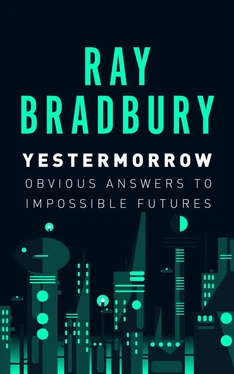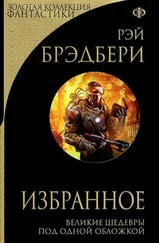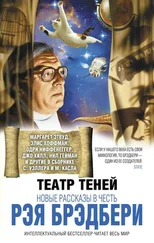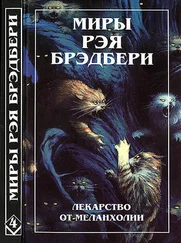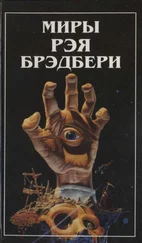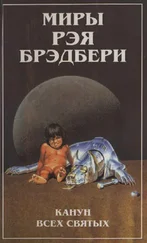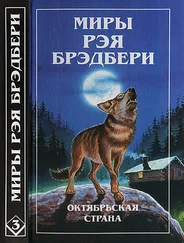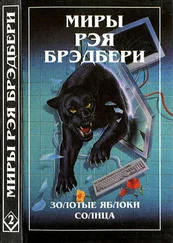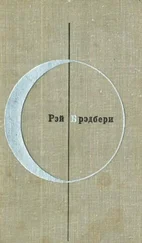Consider: we fly nine-thousand miles for the privilege of walking our shoes off in those cities. Then we return to feast ourselves along two paltry city blocks in our cars.
How come?
The answer, of course, is that Paris is a continuous river of fascination, an assault of delight. The eye, the ear, and the culinary nose are bombarded on every hand by color, light, sound and the scent of breads and foods adrift from one thousand bakeries and twenty thousand restaurants. The same, on a smaller scale, holds true for London, Rome, Vienna and Madrid.
Can we borrow and learn from the humane and delightful customs of these cities, to insure that our downtown immigrant isles do not remain closeted but become part of a tributary-flow of Angelenos and emigres from Iowa? Can we break the dams that hold the people back from participating in the old adventure of walking?
Yes! Imagine with me:
Let us use the Music Center plaza on Bunker Hill as our possible starting place. Fill it with more chairs, tables and a clutch of outdoor wine, coffee and sandwich places. Then build a bridge across Hope Street so that pedestrians could stream down past that fine, roaring fountain, which most people have never seen, along the rarely-discovered mall. Said mall to be strung with miniature lights and filled, every few yards, with new curio shops, bookstalls and miniature sandwich places, so that the pedestrian is lured on to reach Broadway.
There our yellow brick road, for that is what it might start out as, would turn north. In turning it would become a Mexican/South American river of bright inlaid tiles, recalling the esplanade along the seafront in Rio. This stream of brilliant tiles would lead us through a refurbished section of Broadway to turn east on First to lead us a few blocks to Little Tokyo. Along the way, the tiles would gradually change shape and color until they become the symbols of the Land of the Rising Sun, the dragons of history, which will flow, still under a canopy of miniature lights, past yet other small shops, so that our curiosity is unending. We would hasten shopping through Little Tokyo and emerge into a long serpentine of walk, which would lead us to Union Station.
There our “yellow brick road,” our “mosaic pedestrian pathway,” would deliver us to Olvera Street and then, in the river of lights and new fine foodstalls, along North Broadway through Sicilian-Italian archways and finally another dragon-dance of inlaid walks, this time Chinese, until we reach Mandarin and Szechuan country…
All this on a double-size walk that would be arbored with ivy and flowers, an arched shade from the sun. Then, a safe route by night, festooned by thousands of miniature lights. Along the way, your quick or easy walker/tourist would meander past curio cubbies, bookstalls, and portable pushcart spreads of graphic arts, lithographs, etchings, and watercolors from every land. Similar to the miles of book, magazine, poster, and postcard stalls along the Seine in Paris with, here or there, your honorable hot dog, bagel or lemonade/wine-cooler establishment. So your ever-curious, ever-wandering, old-fashioned walker would be led on under ivies and illuminations, with much to provoke delight on all sides. The old auto would be gladly abandoned and forgotten. A New Year would arrive when tens of thousands of surprised folk would stare down and cry, “My God! I have feet !”
So there you have our new Los Angeles river, beyond the old, fixed to the land, illuminated on all sides, crackling with curiosities, and adrift with scents from four continents. In this astonishing, new riverbed, flowing in twin tides day and night, in opposite directions, would stroll, walk, hustle, or who knows… even jog, the once lost tribes of pedestrians locked out of motion and pleasure by too many decades of the city dreams neglected and the waiting, ready, and eager walkabouts stranded on curbs.
We might even have a mariachi leaving every half hour from the Music Center to run the new emigres from Corn City and Hoboken down the hill.
But eliminate Bunker Hill if you wish, concentrate only on the bright creek, the compelling dry wash that would push and pull imaginations, young and old, to bounce off Tokyo but to land in Mexico City, rebound from Rome and land at last in echoes of Beijing.
What a gift to give ourselves as strangers to the streets.
Our legs? Restored!
Our élan ? Revived.
Our lives returned to an old and familiar way of glorious living.
Can we do this, and make a vital bed through which our futures flow high-tide?
I’ll run ahead.
You come, too.
1988
Seek Me at Soane’s
It is a Time Machine, it is a vestibule, it is a basement, it is a garret, it is an immense garage sale of history. And it is, finally, the three- or four-level tombstone monument to one of the orneriest architectural geniuses of the nineteenth century.
Look beyond this paragraph. Gaze upon my favorite museum in all of London.
I have used Soane’s digs as my letterhead for some fifteen years. New friends or fans, writing across country, ask, with some excitement, if that is my home, my stately mansion.
Oh, my soul, how I wish it were.
I would live in those upper stories…
To be buried in that basement!
You see that Egyptian tomb, lower left? That’s it. File me there, with bread and onions, for eternity!
But, no, the place is not mine. It belonged and still belongs to the spirit of soaring dreamer and super-crank, John Soane, who rebuilt London in his lantern mind, then stepped forth to rebuild the real. It so affected me, on my first visit in 1969, that I wrote:
Go not to graveyards,
Seek me at Soane’s,
There stash my bones, there plant my ghost?
Where Baroque and Rococo-Medieval breathe dust?
Where lust is a canvas, the Hogarths well-hung,
And symbolled sarcophagus nests in a lair.
Where the madness of Soane fixed odd junk everywhere
But, what junk ! From the tables and tombs
And the rooms of old kings,
Antique fables, stone myths, death-watch beetles,
Lost rings
From the toy chest of Caesar…
Ruins the etched Piranesi put by:
A site of Bernini
A sketch by Bellini
The crown of a queen
The mask of a king
Oh, any old thing
Cached here on impermanent loan
When they captured the fancy of Sir John Soane.
Why do I go on in this fashion about Soane?
Because most of you, driving or walking about London, have passed within a few paces of Number 13 Lincoln’s Inn Fields without sensing you were nearly onto a tall narrow cubbyhole of genius.
While you were busy fending elbows and exhausting your midsummer patience at the National Gallery or the Tate, I was walking, cool and solitary, through the levels of John Soane’s archaeological finds, his Time Machine of collectibles.
The test comes, of course, in that moment when standing amidst this fantastic rummage sale of centuries, one thinks: What would I steal first ?!
Everything!
So it is with Soane’s basement-tombyard, uppertower stash-bin environment. You wish to live and die there. A pretty rash decision.
During a very long lifetime, Soane was professor of architecture at the Royal Academy, and was commissioned to design the Bank Stock Office, the Rotunda at the Bank, and other large public buildings. These included the Law Courts, The Privy Council Offices, as well as the King’s Robing room and the Royal Academy of the House of Lords.
But the heart soars and cracks when viewing his plans for a Triumphal Bridge, a dream construction of such high imagination that it won Soane the Gold Medal of the Royal Academy when he was only twenty-three years old.
Читать дальше
